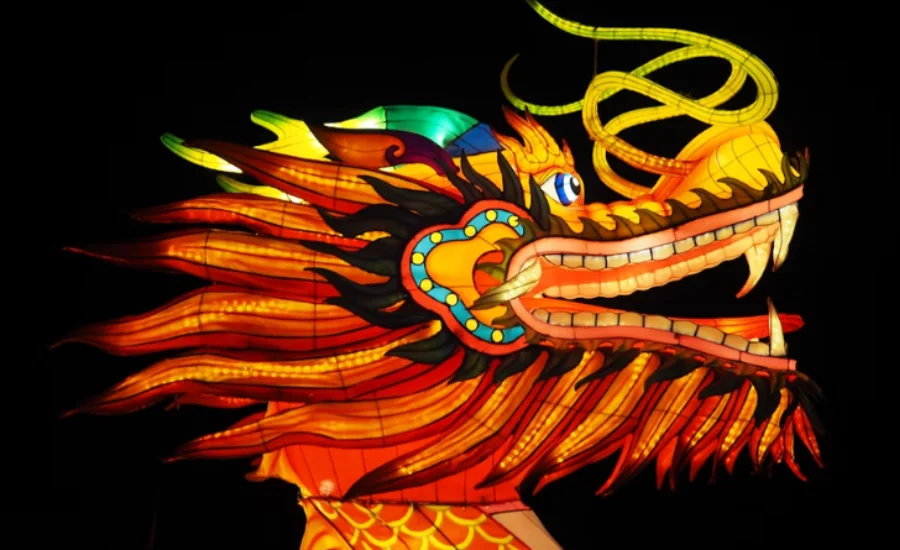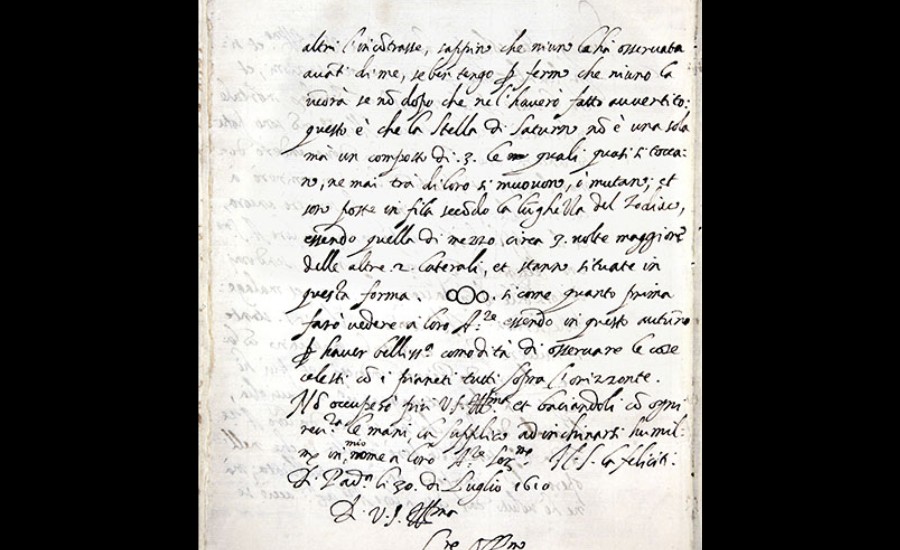Drawing:5z_boyjkm98= Dragon Welcome to this comprehensive guide, which aims to make you an expert dragon illustrator. Regardless of your level of experience, this resource will greatly improve your sketching abilities by providing you with important insights and fundamental approaches. To provide you a strong basis for your creative endeavors, we will begin by studying the basic anatomy of these legendary creatures.
You will learn how to capture the minute details that give your dragons life as you work your way through this book. With an emphasis on doable techniques and professional guidance, this book intends to enable illustrators of all skill levels to produce breathtaking dragon pictures. Let your imagination run wild and let’s go on this creative adventure together!
The Artistic Allure of Dragons in Mythology and Culture

Dragon hold a unique place in popular culture and mythology, capturing the interest of both storytellers and artists. These ethereal beings provide a multitude of creative chances for exploration and invention, whether they are modeled after the beautiful serpentine animals found in Asian stories or the fire-breathing dragons of European tradition.
By experimenting with different forms, textures, and designs, artists can bring these mythical animals to life in a variety of ways when they illustrate dragons. The variety of dragon representations offers a fertile ground for artistic expression, encouraging artists to use their imaginations to build their own versions of these magnificent creatures.
Mastering Dragon Anatomy: A Key to Authentic Illustrations
To effectively portray a dragon in your illustrations, it’s essential to grasp its distinct anatomy, which fuses characteristics from various creatures into a stunning, mythical figure. Pay close attention to defining dragon features, such as their elongated snouts and piercing eyes, which convey both strength and personality.
Equally important is the structure of their wings, which should be depicted as powerful and reminiscent of bat wings. By understanding these anatomical details, you can elevate your artwork, infusing your dragons with a sense of vitality and realism that truly brings them to life.
Building the Framework: Creating Your Dragon Illustration with Basic Shapes
When starting your dragon illustration, begin with simple shapes that will serve as the foundation for its body structure. Draw the contour of the tail and spine first. This will help you communicate the general position of your mythological monster. To define important regions, such as the head, body, and limbs, use ovals and circles.
Draw a circle to depict the head and a line to outline the neck for the head and neck. At the end of this line, insert the circle to indicate the location of the dragon’s head.
To produce a more dynamic and fluid image, add an elongated oval or rectangle for the body and connect it to the head with a softly curved line.
When it comes to the limbs, sketch simple lines and shapes. Depending on your design vision, dragons may have four legs or exhibit a serpentine form, which might not feature any limbs at all.
Finally, outline the wings with graceful, flowing lines. These should extend from the back in bat-like shapes, emphasizing the dragon’s majesty and strength.
By starting with these basic forms, you will create a solid framework for your dragon illustration, allowing you to refine and add intricate details in the subsequent stages of your artistic process.
Enhancing Realism in Your Dragon Illustration Through Shading and Texture
Understanding shading techniques is crucial if you want your dragon illustration to look realistic and three-dimensional. Shading improves the overall quality of your artwork by giving it more depth and dimension. We will examine several shading techniques in this part, such as blending, cross-hatching, and hatching. You can depict your dragon in a more realistic and aesthetically pleasing way by improving these abilities.
Texturing Your Dragon’s Scales for Authenticity
The degree of authenticity and detail in your artwork is greatly influenced by the texture of a dragon’s scales. Scales might be harsh and jagged or smooth and polished, depending on your artistic concept. In order to make sure that the skin of your dragon looks authentic and lifelike, this section of the tutorial will go over several methods for generating and blending scales. Your illustration will have much higher artistic quality if you pay attention to texture.
Adding Highlights and Contrasts for Impact
Incorporating highlights and contrasts can dramatically increase the visual impact of your dragon. This section will guide you on how to strategically place highlights to accentuate key features of the dragon and effectively use contrast to enhance the overall composition. By employing these techniques, you can achieve a striking and dramatic effect that makes your dragon truly stand out on the page.
The Cultural Significance of Dragons in Artistic Representation

Drawing:5z_boyjkm98= Dragon have captivated artists for centuries, manifesting in diverse forms across various cultures.Dragons are typically depicted in European traditions as fearsome creatures that stand for bravery and destruction. They are also commonly included in epic tales about knights and their adventures. Asian civilizations, particularly those of China and Japan, on the other hand, see dragons as kind animals that represent strength, luck, and wisdom. When illustrating dragons, artists can choose techniques that best suit their unique conceptions of these mythological creatures thanks to the rich tapestry of cultural viewpoints available to them. The artistic depiction of dragons is ever-evolving, reflecting the various connotations attributed to these mythical creatures across time, whether they evoke dread or reverence.
Embarking on Your Dragon Drawing Journey: Establishing a Strong Foundation
Drawing:5z_boyjkm98= Dragon Having the proper drawing supplies on hand is crucial as you get ready to begin the thrilling process of sketching your dragon. This first stage is essential for establishing the size and general silhouette of your piece of art. To create the sturdy foundation that will serve as the representation of your dragon, start by drawing some simple shapes and lines.
Starting with the head, sketch the skull as an oval or circle. When detailing the facial features, the eyes, nose, and mouth can be precisely positioned by following light rules. These geometric forms will help achieve accuracy. Next, use flowing, fluid lines to draw the neck and spine to represent the dragon’s dynamic posture and movement.
Once the head and spine are established, turn your attention to the body and limbs. Use ovals and rectangles to outline the arms, legs, and torso, ensuring these forms integrate seamlessly with the overall structure. It’s important to maintain proper proportions and alignment as you sketch. Don’t forget to include the basic shapes of the wings and tail, ensuring they are proportionate to the body.
With this foundational structure in place, you can begin to refine the forms and introduce more intricate details. Focus on one section at a time, gradually building complexity in your drawing. By following this organized approach, you will create a cohesive and well-proportioned dragon illustration that truly stands out on the page.
Read More: Malia Manocherian
Exploring the Distinctive Styles of Western and Eastern Dragons in Art
When it comes to illustrating Drawing:5z_boyjkm98= Dragon artists frequently encounter the choice between Western and Eastern styles, each with its unique characteristics and cultural significance. Western dragons are commonly portrayed as formidable creatures, featuring large wings, four powerful legs, and a menacing demeanor. These dragons often embody themes of destruction and heroism, making them iconic figures in European folklore and mythology.
In contrast, Eastern dragons, particularly those from Chinese and Japanese traditions, are more serpentine in form. They typically have elongated bodies, lack wings, and are frequently associated with protection and wisdom.Numerous civilizations honor these dragons, which stand for good fortune, harmony, and balance rather than terror.
Artists can choose which kind of dragon to show in their work more effectively if they are aware of the main distinctions between these two artistic philosophies. This understanding not only improves the artistic process but also makes it possible to portray the essence of these legendary creatures in a more complex manner.
Mastering the Art of Dragon Wing Illustration

One of a Drawing:5z_boyjkm98= Dragon most distinctive and alluring characteristics is its wings, which are essential to the creature’s overall beauty. Drawing dragon wings successfully requires an acute attention to detail because these appendages are frequently enormous and have elaborate designs.
Artists can use the architecture of bat and bird wings as a model to build realistic wings by adding important components such as membranes, skeletal structures, and natural folds. Artists may add a sense of realism and movement to their works by studying how these species use their wings when in flight.
Additionally, effective shading techniques can enhance the depth and three-dimensionality of the wings, allowing them to appear more lifelike. By focusing on these aspects, artists can elevate their dragon illustrations, bringing these majestic creatures to life on the page.
Final Words
Drawing:5z_boyjkm98= Dragon have enthralled artists and have been a fascinating subject for artistic investigation. With a solid grasp of their anatomy from the beginning and a focus on the smaller details that make your drawings come to life, this guide aims to provide you with the fundamental skills you need to draw dragons.
Start your artistic journey with a simple outline utilizing basic geometric shapes that depicts the dragon’s position and proportions. After you’ve created this basic structure, concentrate on the dragon’s more detailed aspects, like its head, body, limbs, wings, and tail. These components are essential for giving your dragon life and conveying its distinct characteristics.
To elevate your artwork, incorporate shading techniques that add depth and dimension to your drawing. Special attention should be given to texturing the scales, as this detail greatly enhances the overall realism of your illustration. By skillfully applying highlights, you can further emphasize the dragon’s distinctive features, resulting in a vibrant and lifelike portrayal that captivates the viewer’s imagination.
For More Information Check It Out Insight Rays



